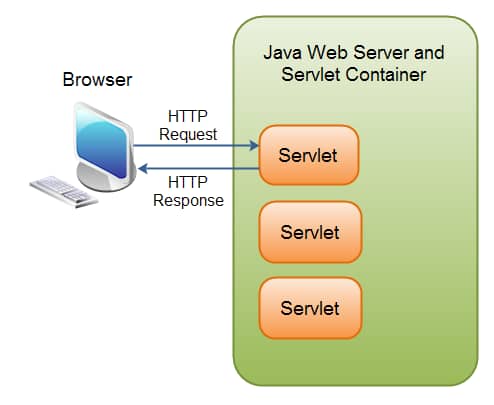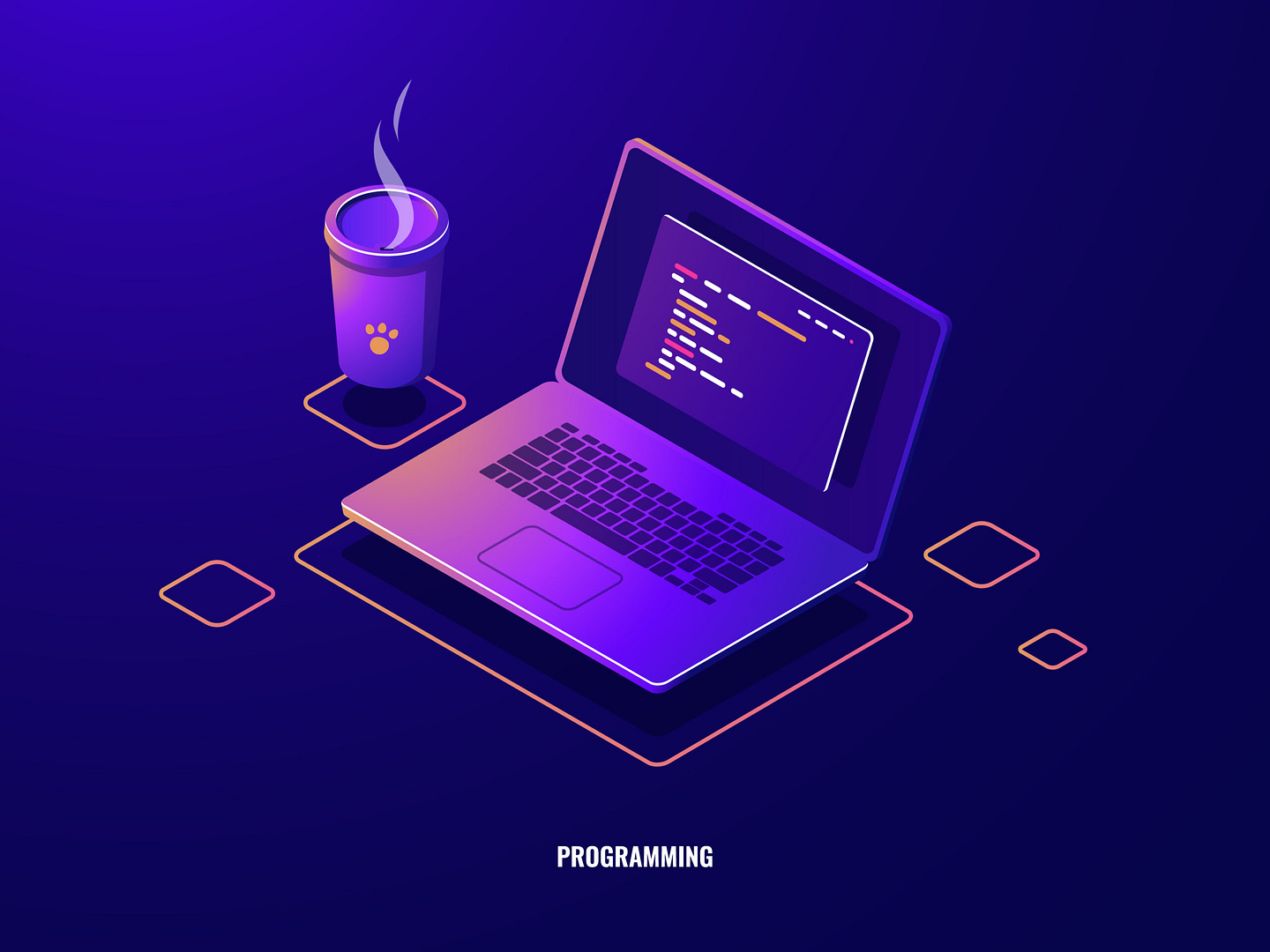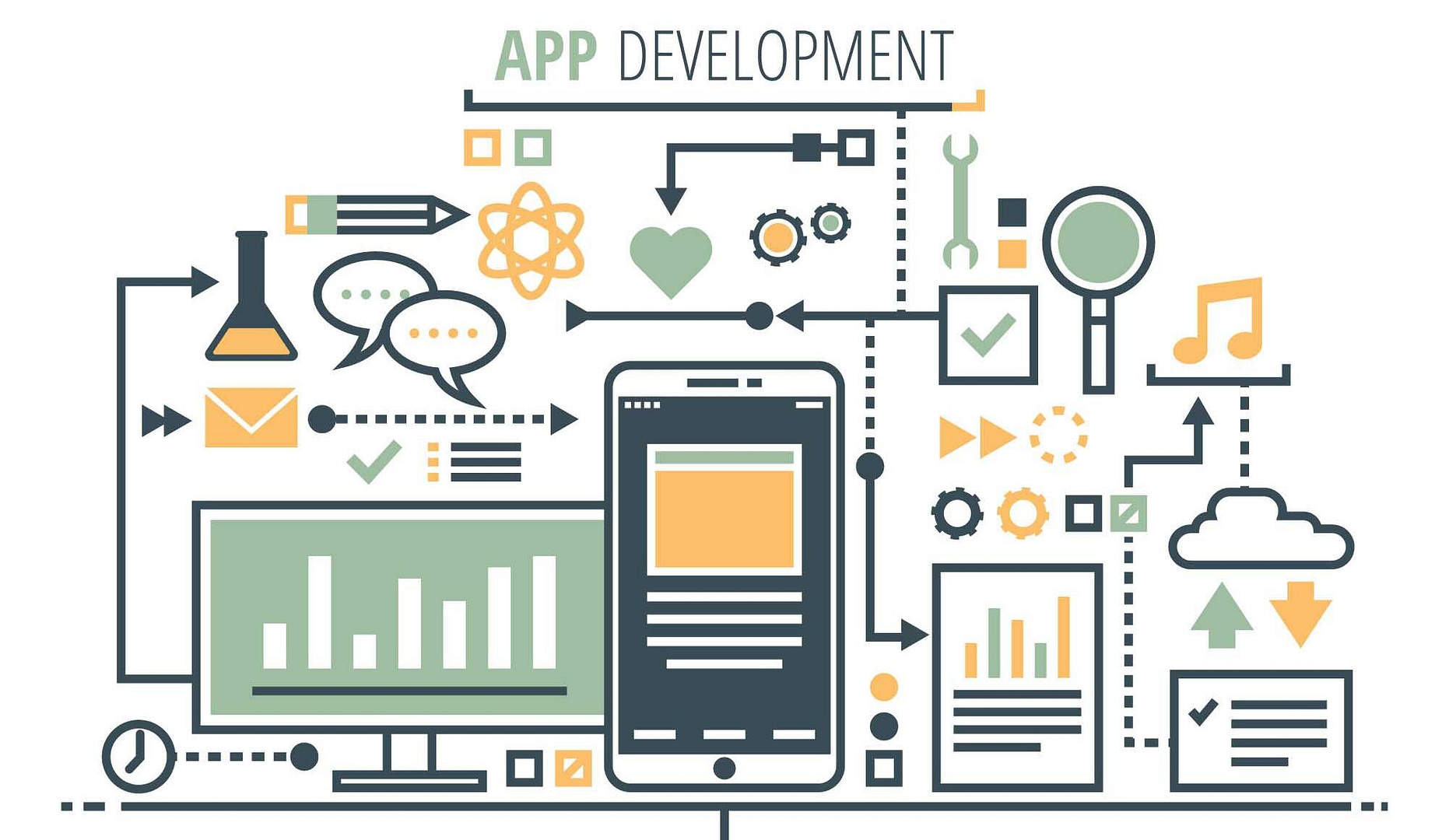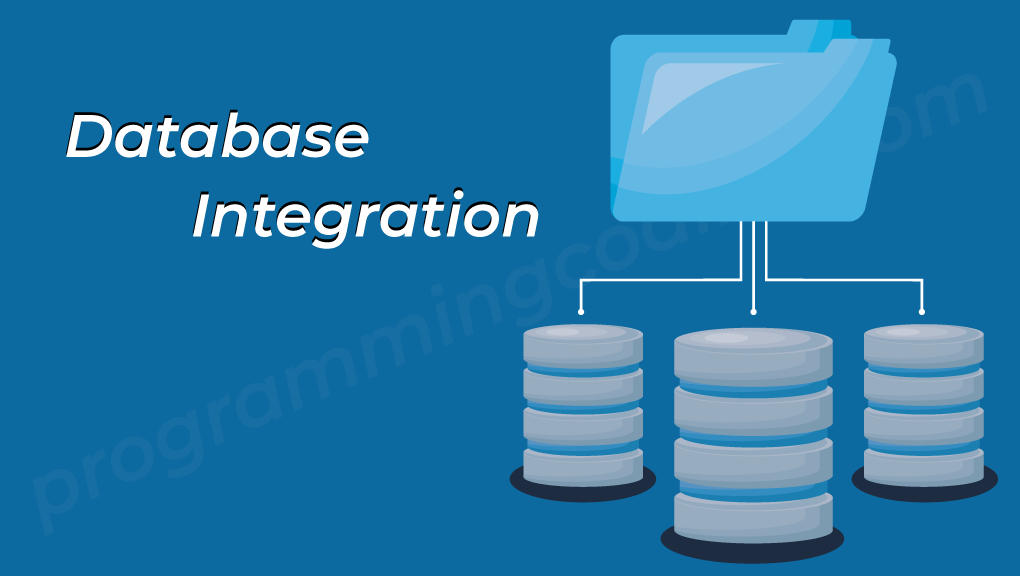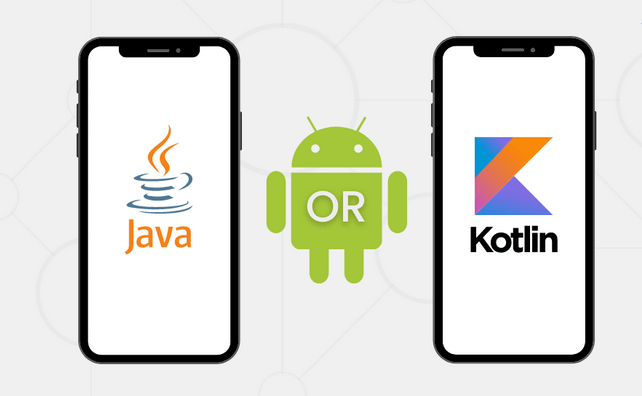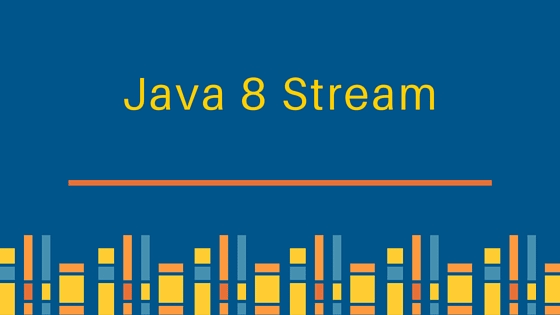
Blog Articles
Room Persistence Library: Database Management in Android
Table of Contents
Introduction
In the dynamic landscape of Android development, efficient and reliable data management is crucial for creating high-quality applications. One powerful solution that has gained popularity among Android developers is the Room Persistence Library. Developed by Google as part of the Android Architecture Components, Room simplifies database management, offering a robust and developer-friendly approach to working with SQLite databases.
In this comprehensive guide, we will explore the Room Persistence Library in depth, covering its key components, advantages, and advanced features. Additionally, we’ll provide detailed code examples to illustrate the implementation of Room in Android applications.
Understanding the Room Persistence Library
1. Core Components of Room
A. Entity: Annotated Java or Kotlin objects that represent tables in your database. Each instance of the entity corresponds to a row in the table.
B. DAO (Data Access Object): Defines the methods to interact with the database. These methods are annotated with SQL queries and handle CRUD operations.
C. Database: An abstract class that extends RoomDatabase. It is responsible for creating and managing the database and contains an abstract method that returns an instance of the DAO.
2. Annotations in Room
A. @Entity: Annotates a class to represent an entity in the database.
B. @PrimaryKey: Specifies the primary key for an entity.
C. @Dao: Annotates an interface or abstract class to define methods that access the database.
D. @Database: Annotates the database class and defines the entities it contains, the version, and whether to export the schema.
3. Advanced Features and Best Practices
A. Relationships: Define relationships between entities using annotations such as @Relation to simplify queries involving multiple tables.
B. LiveData Integration: Combine Room with LiveData to observe changes in the database and automatically update UI components.
C. Migrations: Handle database schema changes gracefully using migration scripts, ensuring a smooth transition between versions.
D. RxJava Integration: Integrate Room with RxJava for reactive programming, allowing developers to work with database operations asynchronously.
Implementing Room in Android
1. Adding Dependencies
Include the Room dependencies in your build.gradle file:
|
1 2 |
implementation "androidx.room:room-runtime:2.4.0" annotationProcessor "androidx.room:room-compiler:2.4.0" |
2. Defining Entity
Create an entity class using the @Entity annotation:
|
1 2 3 4 5 6 7 |
@Entity(tableName = "user") data class User( @PrimaryKey(autoGenerate = true) val userId: Long = 0, val username: String, val email: String ) |
3. Creating DAO
Define a DAO interface with methods annotated with SQL queries:
|
1 2 3 4 5 6 7 8 9 10 11 12 13 14 15 16 17 |
@Dao interface UserDao { @Insert suspend fun insertUser(user: User) @Query("SELECT * FROM user") suspend fun getAllUsers(): List<User> @Query("SELECT * FROM user WHERE userId = :id") suspend fun getUserById(id: Long): User? @Update suspend fun updateUser(user: User) @Delete suspend fun deleteUser(user: User) } |
4. Creating Database
Extend RoomDatabase and define the entities and version:
|
1 2 3 4 |
@Database(entities = [User::class], version = 1, exportSchema = false) abstract class AppDatabase : RoomDatabase() { abstract fun userDao(): UserDao } |
5. Initializing Database
Create a singleton to initialize the database:
|
1 2 3 4 5 6 7 8 9 10 11 12 13 14 15 16 |
object DatabaseBuilder { private var INSTANCE: AppDatabase? = null fun getInstance(context: Context): AppDatabase { return INSTANCE ?: synchronized(this) { val instance = Room.databaseBuilder( context.applicationContext, AppDatabase::class.java, "app_database" ).build() INSTANCE = instance instance } } } |
6. Using Room in your Activity or Fragment
|
1 2 3 4 5 6 7 8 9 10 11 12 13 14 |
class MainActivity : AppCompatActivity() { private lateinit var userDao: UserDao override fun onCreate(savedInstanceState: Bundle?) { super.onCreate(savedInstanceState) setContentView(R.layout.activity_main) val database = DatabaseBuilder.getInstance(applicationContext) userDao = database.userDao() // Perform database operations using userDao } } |
Advantages of Room Persistence Library
- Type Safety: Room’s compile-time checks provide type-safe SQL queries, reducing runtime errors.
- Abstraction Over SQLite: Room abstracts the underlying SQLite database, simplifying database interactions.
- Integration with LiveData: Room seamlessly integrates with LiveData, enabling real-time updates to UI components.
- Migrations: Room simplifies the process of migrating database schemas with automatic schema version management.
Conclusion
Mastering the Room Persistence Library empowers Android developers to build efficient and scalable applications with a robust and structured data persistence layer. This guide has covered the fundamental components of Room, advanced features, and best practices for seamless integration into Android projects.
By incorporating Room into your development toolkit, you can elevate the reliability and performance of your Android applications. Embrace the power of Room for simplified and effective database management.
Additional Resources
- Check Out Our Android development services.

Get a Fast Estimate on Your Software Development Project
We are committed to delivering high-quality IT solutions tailored to meet the unique needs of our clients. As part of our commitment to transparency and excellence, we provide detailed project estimations to help our clients understand the scope, timeline, and budget associated with their IT initiatives.
Related Blog Posts
